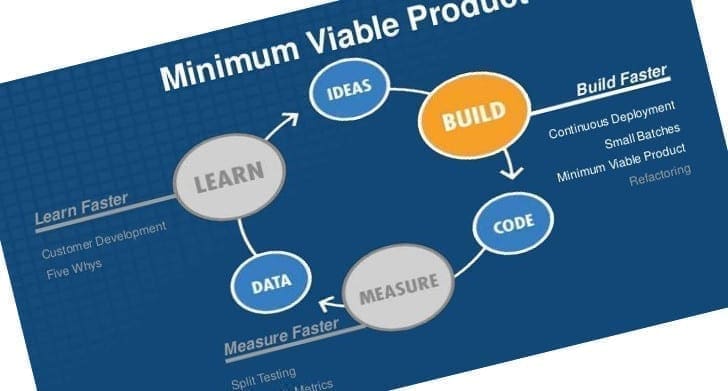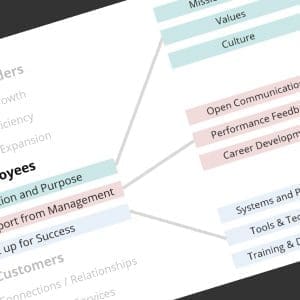What is the minimum amount of functionality required to engage with your target audience, and get folks to understand the vision? MVP-thinking focuses your effort on the minimum amount of work required - check out this video for more!
The enterprise shift to “consumerization” is more than just the desire to use my iPhone and upset my work-life balance. It’s something akin to instant gratification – people have ideas about how information can augment, automate, and transform how they transact business, connect with customers, and comprehend the activity that surrounds them. But we want it all, at internet speed, with “Amazon-easy” usability and impeccable design sense. A tall order for most, and not just in IT; many of us cannot deliver the same amount of clarity and crispness in our everyday conversations.
Ok, that’s a bit of an exaggeration – but capturing imaginative & innovative ideas, and delivering the processes, information, and systems that make those ideas real, is a tough thing to do.
I’ve had success using whiteboards and wireframes – simple diagrams to illustrate the underlying structure of complex ideas (or problems), and mocked-up screens and reports to help visualize what success might look like. Someone once asked me how I might do 20% of the work on a project and get 80% of the benefit – I really liked that line, I use it myself. It’s always good to have a control lever so project budgets and resource commitments don’t spin up and out of control. And I understand enough about complex projects (where complexity = many interrelated steps to get from A to B; and complexity != new and different and requires-lots-of-change) to understand the tradeoffs between Agile and Waterfall.
So when I stumbled upon this new (to me) concept of Minimum Viable Product, I liked it a lot. How do you balance between “getting everything perfect the first time out” and “just get it done – yesterday”? Eric Ries describes it succinctly (3.5 minutes!) here …
[embedyt] https://www.youtube.com/watch?v=1FoCbbbcYT8[/embedyt]What is the minimum amount of functionality required to start engaging with your target audience – to get folks to understand the vision? MVP-thinking focuses your effort on the minimum amount of work required to have that next value-adding conversation, where your target audience gets it – or lets you know that this work is “good enough” – or that you are going down a blind alley. And it’s a great way to sanity check all of those “features” you have in mind for this report / program / presentation / document – maybe they are only great to you? Or maybe people don’t quite understand what you are trying to say?
This short video is a perfect example of a Minimum Viable Product – a tool to introduce the idea of “Minimum Viable Product”. And as Ries says in the video, let’s “start the learning feedback loop” …
22 January, 2015






Comments (0)